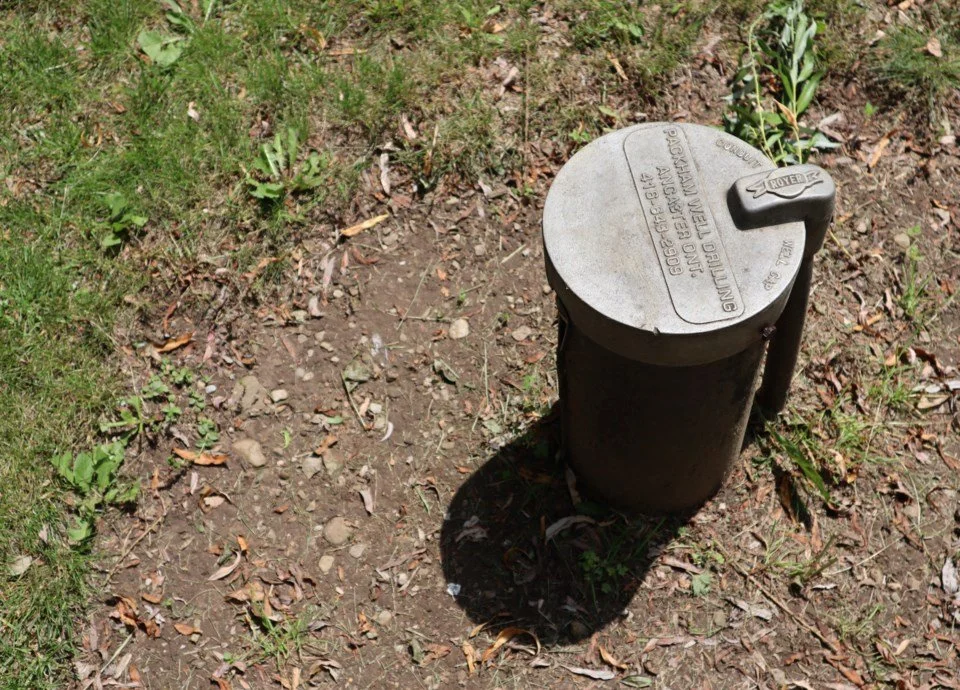Sample results are in but the water in Puslinch is still stinky and private well owners are told it is their responsibility to treat their water. “The results show odour causing organics were detected in untreated well water,” said in an update from the Township of Puslinch website with information provided by the Ministry of Environment, Conservation and Parks (MECP).
Answers on what's causing smelly Puslinch water expected in coming days
After dealing with putrid-smelling water for around three weeks, a group of residents in Puslinch, Ont. may soon get some answers on what’s causing it. In an email to CTV News, the Ministry of the Environment, Conservation and Parks said ministry staff inspected the area on July 11 and took samples from private wells at three different locations.
Boil-water advisory issued for part of Saint-Lazare, Que.
A precautionary boil-water advisory is in effect for a portion of Saint-Lazare, an off-island suburb west of Montreal. The advisory was issued Tuesday. The municipality says an unplanned outage occurred due to an aqueduct failure during work on a sewer project. The entire suburb is not affected. The advisory is for the area east of Montée Saint-Robert as a precautionary measure only, for a minimum period of three consecutive days. This is the time required for the water to be analyzed by a certified laboratory and for the results to be communicated to the municipality.
Baffinland exceeded dust impact projections for 3 straight years: QIA
The spread of dust caused by Baffinland Iron Mines Corp.’s Mary River mine is larger than predicted and is impacting drinking water, wildlife and sea ice in the surrounding area, says a Qikiqtani Inuit Association manager. Regulatory affairs manager Chris Spencer presented three years’ worth of reports to the association’s board members for the first time Thursday. The reports summarize an investigation, launched in 2020, into how dust spread from the mine is affecting the environment and Inuit culture. QIA found foxes near the mine that were “deeply discoloured red” and acting strangely; that dust spread was worse than what Baffinland had predicted it would be each year; and that water in several locations had surpassed national drinking water safety guidelines for aluminium content.
Lead in school water: Quebec chemists dispute testing method and results
In 2019, the Quebec government asked public and private educational institutions to analyze the concentration of lead in drinking water using portable devices called "Kemio Heavy Metals." OCQ president, Michel Alsayegh, deplored the use of this type of device, citing "a significant risk of false negatives, which is worrisome for the health of children and staff." "As early as 2019, when we met with the office of the Minister of Education, we had expressed doubts about the reliability of the results with this type of instrument," said Alsayegh in an interview with The Canadian Press.
Contaminant from coal mines already high in some Alberta rivers: unreported data
The province's plan for large-scale expansion of the industry is fueling widespread criticism that includes concerns over selenium pollution. The data shows that same contaminant has been found for years at high levels downstream of three mines and never publicly reported. The findings raise questions about Alberta Environment, said a former senior official who has seen the data. "There were lots of [selenium] numbers and it was consistently above the water quality guidelines and in many cases way higher," said Bill Donahue, the department's one-time executive director of science. "Why did Alberta Environment sit on these data for easily the last 10 to 15 years?"
Wastewater spill from Travellers Rest business was an accident
A Travellers Rest business has taken responsibility for a recent wastewater spill and is working to make sure it never happens again. The spill was noticed on Dec. 27, when Chris Wall, who lives in the adjacent community of New Annan, saw that the stream on his property was filled with smelly, grey water. “Seventy-five feet from the brook, I could smell the potato leachate,” said Wall, whose property is more than a kilometre from P.E.I. Potato Solutions, which has offered washing and sorting services to farmers across the Island since 2014. Wall snapped photos showing what he described as an unusual, thick, grey cloud of material in the stream, a tributary to the Barbara Weit River. He immediately suspected the wash plant and went directly to the culvert that exits the property, where he photographed dirty water flowing off-site. Wall reported what he saw to the Department of Environment.
Testing the waters: Do Regina's asbestos-cement water mains pose a risk?
Snaking beneath Regina's streets are 600 kilometres of water mains built with asbestos-cement. That's about 60 per cent of some 1,000 kilometres of the mains that deliver water to homes around the city. Increasingly, some scientists and communities are questioning the wisdom in having drinking water flowing through pipes constructed from asbestos fibres.









